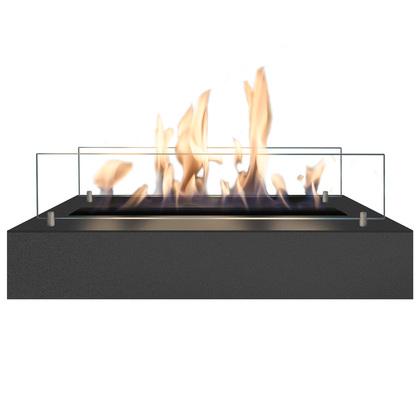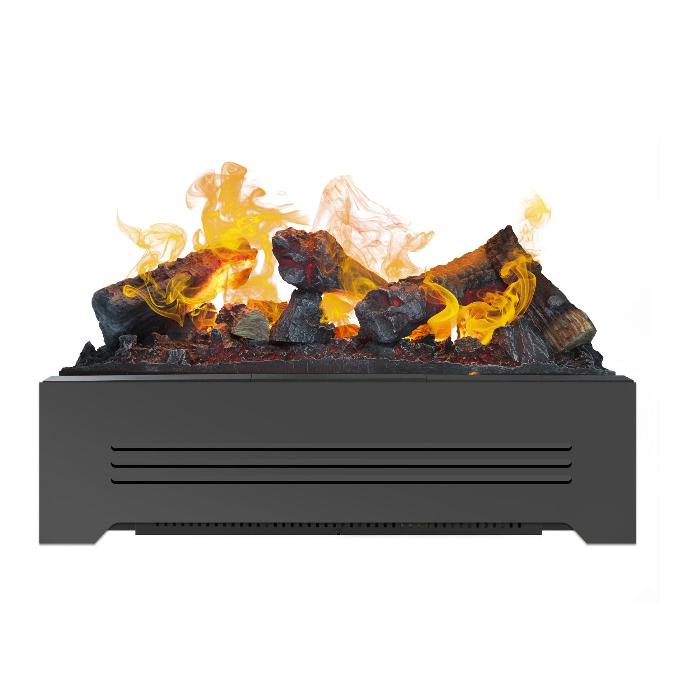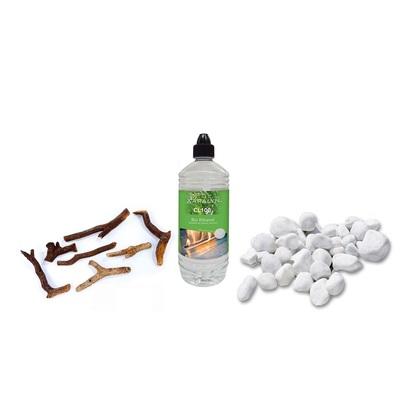Bioethanol is just bioethanol, right?
Electricity is just electricity. A fuel like gasoline or ethanol is simply gasoline or ethanol. Is it really that simple?
When we plug a plug into the socket, we do not notice any difference between green electricity and electricity generated from gas or coal. The choice for a green product is purely based on a good feeling.
With fuels, however, it’s a different story. While price differences may seem confusing to the average consumer, there are real quality differences between various types of fuel. Read more on the CL100 bioethanol product page.
Bioethanol price comparison
| Supplier | Price per litre (price level 3-07-2025)) | Availbable |
|---|---|---|
| Xaralyn CL100 (48 × 1 L box) | € 2,91 /L | Shop & Online |
| Action (1 L) | € 2,99 /L | Shop |
| Xaralyn CL100 (12 × 1 L box) | € 3,00/L | Shop & Online |
| Hornbach (1 L) | € 3,75 /L | Shop |
Karwei (1 L) | € 4,49 /L | Shop |
Xaralyn CL100 (1 L) | € 4,50 /L | Shop & Online |
Gamma (1 L) | € 5,99 /L | Shop |
Price vs. Quality
- Bulk ethanol in Europe (technical/industrial grade) costs around € 1.50/L, but this is not suitable for indoor or decorative use due to impurities.
-
Xaralyn CL100 offers premium, high-purity ethanol, ideal for safe and clean indoor use:
- € 4,50/l for a 1-liter safety bottle
- € 3,00/l in 12-pack boxes — ideal for regular use
- € 2,91/l when buying 4 boxes (48 bottles) — a very economical choice
- Cheaper than discount stores like Action, Lidl, Praxis, or Hornbach — and delivered to your home.
Pricing Strategy: Quality Without Compromise
Xaralyn is a leading producer of bio-ethanol fireplaces. Our patented ceramic burner is the safest and most efficient ethanol burner on the market. While our burners may not be the cheapest upfront, they are proven to be the most cost-efficient over time.
Thanks to high volume and low margins, Xaralyn can offer premium bio-ethanol at competitive prices — making clean and safe heating accessible to more users. Premium quality at a discount price.
Summary & Recommendation
Just need a single bottle occasionally? Buy it cheap at Action.
Use bio-ethanol regularly in your fireplace? Choose one of our bioethanol deals and pay less than most discounters, with the bonus of free home delivery.



